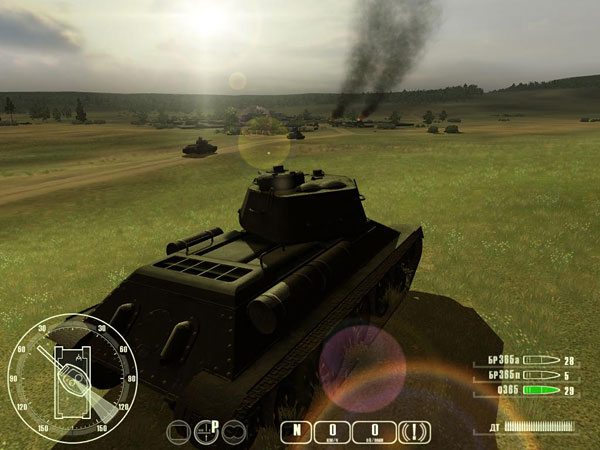

There was a shortage of repair parts to the Even so, approximately half of all tankĬasualties were due to mechanical not enemy action.

The benefits of the T-34 were well slopedĪrmour, a powerful engine, and wide tracks.Ĭrew ergonomics were not considered an important part of the tank’sīy 1940, all other light and medium tanks were no longer being produced. Overcome (mostly) in the 1940 version of the T-34. It was simple to operate and lackedĭiesel engine that could attain a maximum speed of 48kmh with a range of aboutĮarly T-34s suffered from poor manufacturing and qualityĭefective armour plates, poor welding, unreliable transmissions, and a lack of The T-34 had a cast turret on a welded body. Spain, Manchuria, and China led to the decision to build a heavier Medium Tank Remained the standard Soviet doctrine even into the cold war ear. With more than 8,000 BT tanks and more than 10,300 T-26 produced, right upĭoctrine for the use of these tanks was primarily “swarm” tactics, which These were produced in very large numbers UK Vickers 6-Ton) and the BT series (Based on a US Christe design). Period, the Soviet Union manufactured two primary light tanks: T-26 (Based on a During the first world war, there was no tank development by


 0 kommentar(er)
0 kommentar(er)
